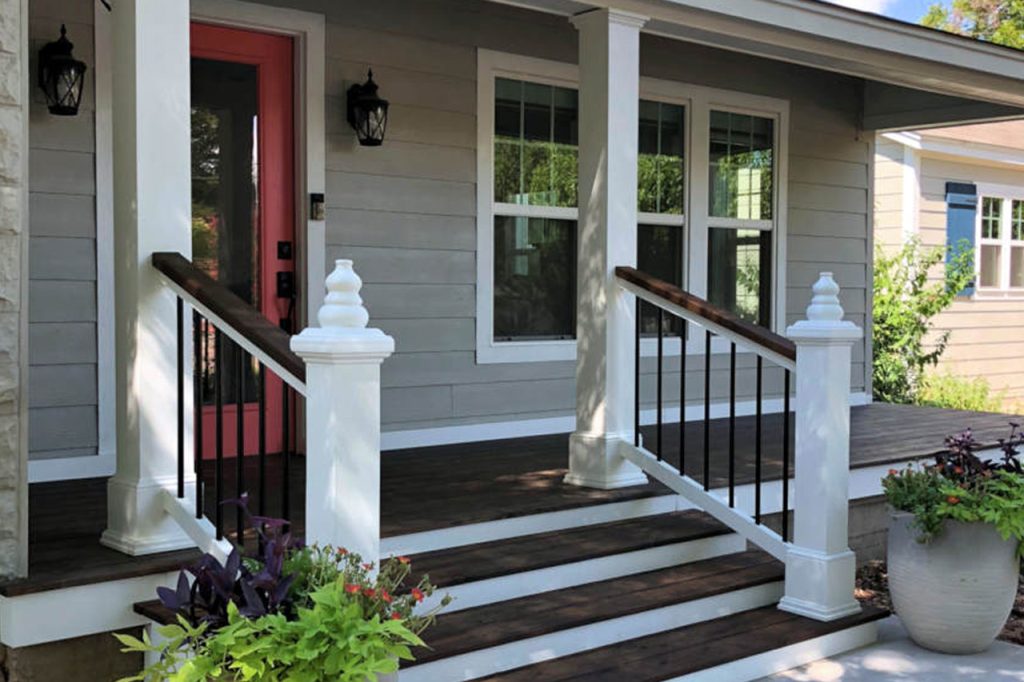
Create a Welcoming Front Porch with Dream Decks
The front porch of your home sets the tone for your entire property, and Dream Decks Inc. specializes in turning this space into a stunning and welcoming outdoor deck. Imagine stepping onto a porch crafted with the finest materials like Trex, Timbertech, Azek, or the natural elegance of Cedar and IPE decking. These composite decking materials are not just about aesthetics; they offer durability and ease of maintenance, perfect for any front patio or deck. A well-designed porch is not just a transition space but a focal point that enhances the curb appeal of your home.
Porch Decks Designed to Suit Your Lifestyle

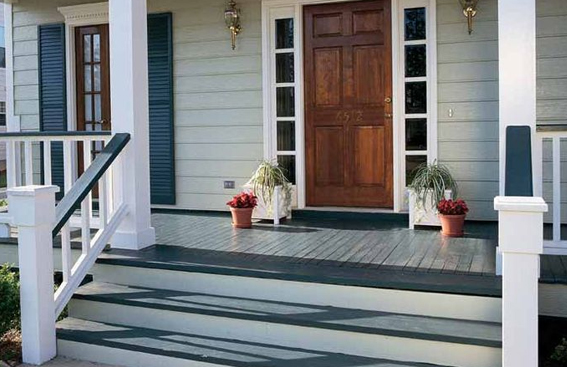
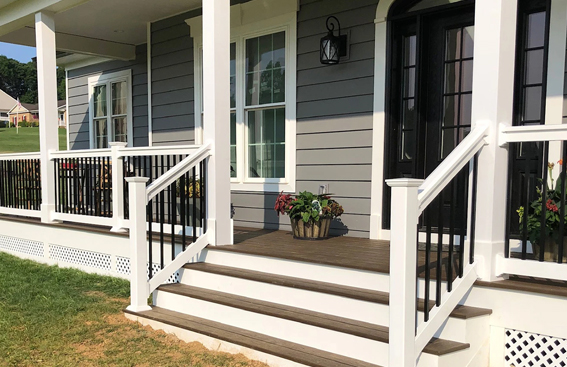

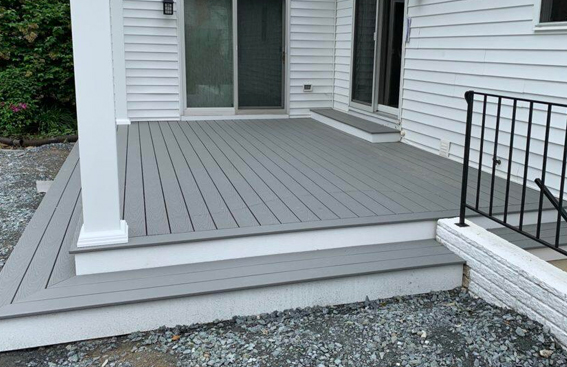

Maximizing Small Spaces with Innovative Porch & Deck Design
A small front porch can be challenging, but it’s an opportunity as a home owner to showcase creativity and functionality. Utilizing different types of decking materials, our expert team can create a space that feels both open and inviting. Whether it’s a covered deck to enjoy the deck season regardless of the weather or a simple yet elegant front door deck, we ensure that every inch of your outdoor space is utilized effectively. Our innovative deck plans are tailored to enhance small spaces, turning them into cozy, stylish, and practical areas that elevate your home’s overall appeal.

Porch Designs That Blend with Your Home’s Aesthetics
We understand that your porch deck is an extension of your home. That’s why our deck designs are created with the architecture of your house in mind. From the color of the decking to the style of the porch roof, every element is carefully considered to complement your home’s existing aesthetics. Whether you’re looking for a traditional front porch feel or a more modern outdoor space, our team has the expertise to deliver a design that aligns with your vision and the character of your home.
Porch Deck Installations: Elevate Your Home with Dream Decks
Choosing Dream Decks for your porch deck installation means entrusting your home to experts who elevate ordinary spaces into extraordinary living areas. Our dedicated team combines innovative design with meticulous craftsmanship to create porch decks that are not only visually stunning but also functional and durable. With Dream Decks, you gain the advantage of personalized service, where we tailor every aspect of the design to fit your lifestyle and preferences. Our expertise ensures that your new porch deck will enhance your home’s curb appeal, provide a welcoming entrance, and offer a serene outdoor retreat for relaxation and entertainment. Embrace the blend of beauty, functionality, and quality that comes with every Dream Decks installation, and transform your home into a haven of comfort and style.
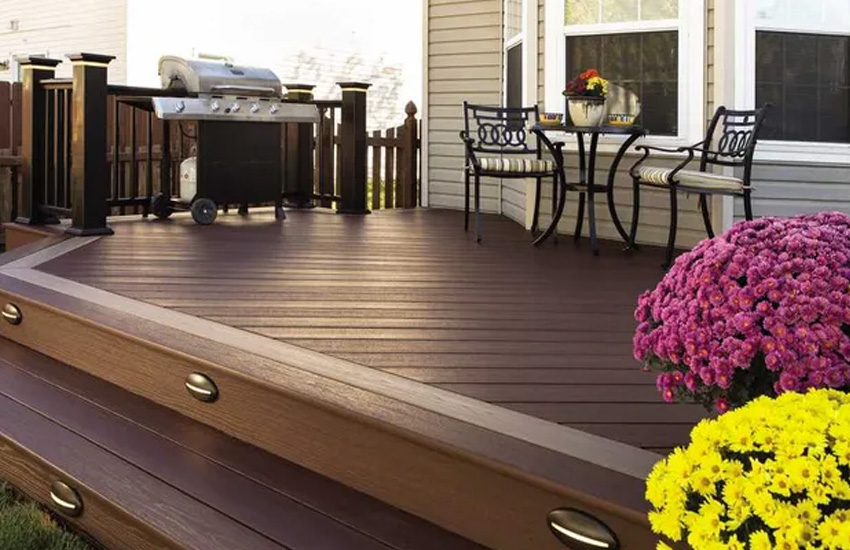
READY FOR YOUR PERFECT PORCH DECK?
Enhance your home’s curb appeal with a beautifully crafted porch deck from Minnesota’s leading deck builders. Our expert team designs welcoming, functional porch decks that create the perfect transition between your home and yard. From traditional covered porches to modern front entryways, we combine premium materials with timeless craftsmanship to deliver a porch that reflects your style and enhances your home’s character. Whether you’re looking to add seating space, improve accessibility, or simply elevate your entrance, Dream Decks transforms ordinary porches into extraordinary outdoor living spaces.
Design Your Dream Porch Today
Schedule your free consultation and explore the possibilities
Get Your Free Consultation